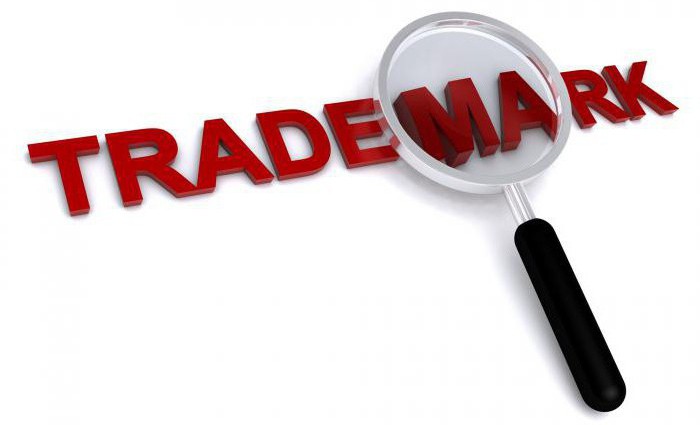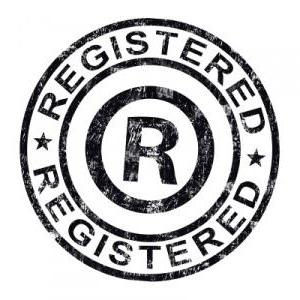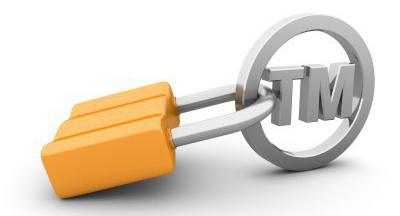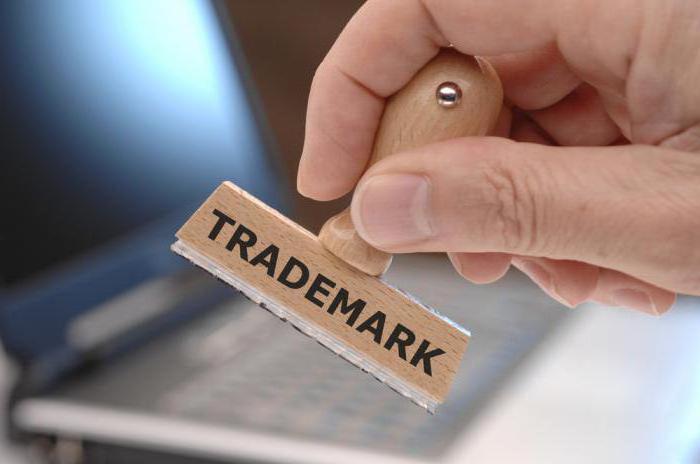Trademarks are means that allow you to protect and personalize your products. Only the person who registered this symbol and name has exclusive right on its use in their commercial activities.

What is a trademark?
A trademark is a unique product designation that includes its name and visual logo. They are registered in a special order, which is established at the legislative level. We can say that this is a kind of business card of the company, which distinguishes it among manufacturers of similar product names.
Today, the market has reached a new level when not so much products and services compete as trademarks themselves. A well-known brand is a more significant argument in favor of the purchase than the technical and quality characteristics of the product. In this regard, the protection of trademarks becomes even more relevant. This is also due to the fact that not only the product, but also the sign identifying it, has a real monetary value.
Registration Steps:
- development of a trademark and assessment of the possibility of its application to a specific group of products;
- a preliminary search for similar trademarks to exclude repetition and allegations of illegal activity;
- application to a specialized patent office for registration of own trademark;
- obtaining official documents giving the full right to use it and protecting your rights as the sole owner.
Despite the apparent simplicity of the algorithm, the whole procedure can stretch for a period of about 2 years.

What are trademarks for?
Trademarks of goods perform several important functions, among which are the following:
- give products of various manufacturers individuality and a number of distinctive features;
- indicate the responsible person or organization to which claims can be made regarding the quality or safety of a thing or product;
- they are a certain guarantee of the quality level (if we are talking about well-known brands that have positively declared themselves on the market for a long time);
- can give goods a certain prestigious status, which gives the right to declare a higher value without risking losing sales markets;
- facilitate the process of market segmentation, as it is quite simple to identify fans of a popular brand;
- provide ample opportunities for the promotion of new products or the development of new markets (for example, products with completely different technical characteristics may be produced under the same trademark).

Trademark Requirements
Trademarks are certain symbols to which a number of essential conditions and requirements are advanced:
- should be clear and easy to remember, with a minimum of fuzzy and illegible elements;
- the trademark should be individual and ensure recognition of the manufacturer among competitors;
- the trademark should create a positive and attractive image, and not cause any negative associations and emotions;
- a symbol that is a trademark must be protected (i.e., there must be the possibility of its legal registration);
- the trademark should be new, and not repeat or imitate existing trademarks;
- must carry a certain meaning that will associate the logo with this or that product;
- the mark identifying the product and the company must be universal in terms of the possibility of using it on packaging, in advertising, official documents and as a seal.

What can't be a trademark
Trademarks are, first of all, a commercial concept, and therefore there are a number of categories that cannot be used in this context. These include:
- state attributes, such as flags, coats of arms and various emblems of ministries, departments, cities, districts, and so on;
- images of state awards in a particular industry, as well as decals;
- names and dates of national and international holidays.
In some cases, the ban on the use of the above categories may be lifted. Most often this applies to any state-owned enterprises.
Trademark application
The use of a trademark implies its application directly to the product itself and its packaging, advertising products, office documents, its duplication in print media and other media. This can happen in several ways:
- creation and registration of your own unique trademark;
- transfer of product development to the partner company, which will sell products under its own brand;
- Also, to increase sales, many manufacturers resort to a combination of the two previous methods.
Trademarks are a kind of identifier that a manufacturer can deal with in two ways:
- create a separate brand for each product name;
- release the entire family of products under a single trademark.
In the first option, you will minimize the impact on your reputation if any of the products does not prove itself in the best way. But in this situation, advertising costs increase significantly. The second option makes your products recognizable and reduces marketing costs, but if one of the brands fails, this will affect the total sales.

Right to use a trademark
Everyone should keep in mind that the right to a trademark is protected at the legislative level. An individual or legal entity has the right to use it independently, as well as issue permission (or refusal) to this action to other market participants. It is worth saying that attempts to imitate or partial copying of elements of an already registered trademark are already considered an offense and is the basis for appeal to the courts.
The exclusive right to a trademark is attested in a special registration document. This paper is valid not only in the country of which the entrepreneur is a resident, but also abroad. It is worth noting that the document remains valid for 10 years, after which it is worth submitting a second application for confirmation of their trademark rights.

Trademark Illegal Use
In an effort to take advantage of the reputation of well-known manufacturers, some manufacturers often resort to unfair competition by putting someone else's trademark on their products. It is worth noting that this offense is subject to criminal law. As the law "On Trademarks, Service Marks and Appellations of Origin" states, the use of company attributes by third parties is impossible without official permission from the entrepreneur.
It is worth noting that criminal proceedings against the offender can be carried out even if there is no official complaint or statement from the injured party. In this case, the prerequisite is the repeated commission of this act, as well as causing material loss to the direct owner of company attributes.

Punishment
For illegal use of a trademark, the following punishment may be imposed on the violator:
- penalties, the amount of which can reach 300,000 rubles, as well as compensation for the amount of profit for 2 years lost by the injured party;
- forced labor, which in total can take up to 480 hours;
- imprisonment or restriction of liberty for a term of up to 2 years with the simultaneous collection of a fine and compensation in favor of the injured party.
The punishment may increase proportionally if the offense has been committed repeatedly.






